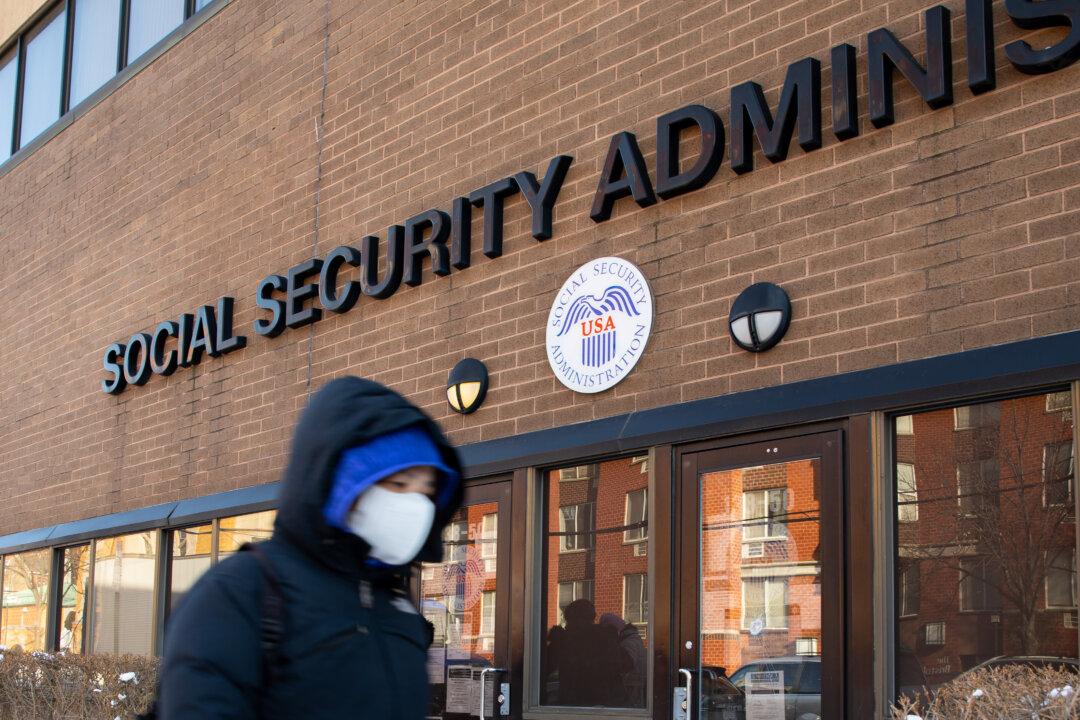Social Security, a mandatory retirement program with some 65 million beneficiaries and 176 million covered, is inferior to private sector retirement saving alternatives, according to critics. They warn Americans not to over-rely on it to fund retirement. And some also claim it’s a bad investment, especially for young people.
“Over their lifetimes, a couple born around the year 2000 and earning an average wage earner can only expect to get 90 cents out of Social Security for every dollar they put in,” writes Charles Blahous, a former Social Security trustee now with the Mercatus Center at George Mason University. Still, he contends promises can be kept to the young with some adjustments. Those in the older generation should make sacrifices, he says.





